Jul 11, 2024
Researching Heat Waves in the Mediterranean with the Diving Community
Headlines in early summer 2024: Surface water temperatures in the Mediterranean Sea are significantly higher than the values from the previous year. ...
+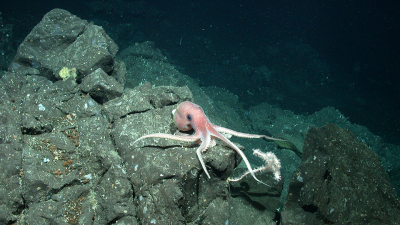

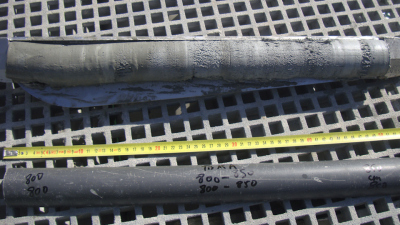
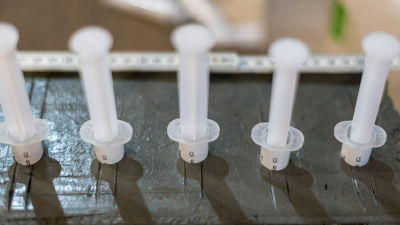
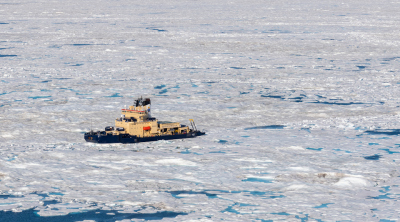
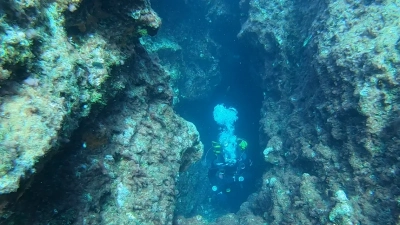
Headlines in early summer 2024: Surface water temperatures in the Mediterranean Sea are significantly higher than the values from the previous year. ...
+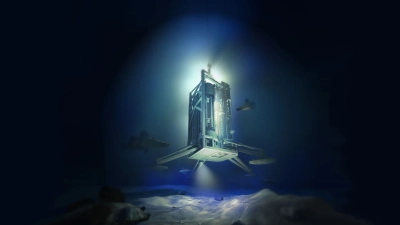
For the first time, the recovery of unique geological samples combined with sophisticated modelling provides surprising insights into when and where ...
+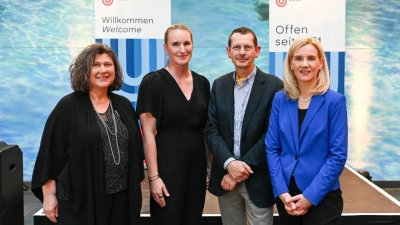
On July 3, the universities in the state of Bremen welcomed the members of the German Council of Science and Humanities' Scientific Commission at MARUM. ...
+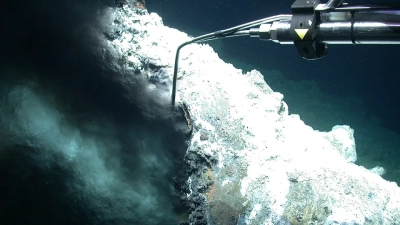
Hydrothermal vents can be found around the world at the junctions of drifting tectonic plates. But there are many hydrothermal fields still to be ...
+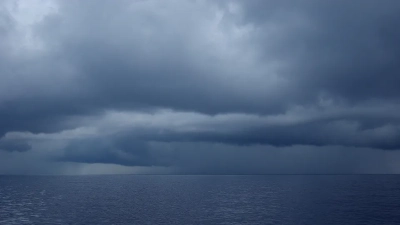
Statements about the climate of past times are often based on reconstructions using various parameters. The validity of these reconstructions depends ...
+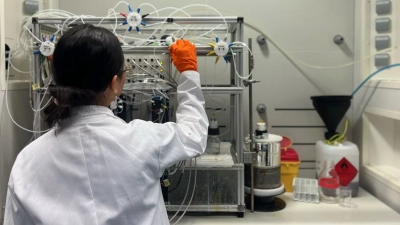
Fucoidan, a sugar released by algae, can trap carbon dioxide (CO2) for centuries but remains poorly understood due to its complex and diverse molecular ...
+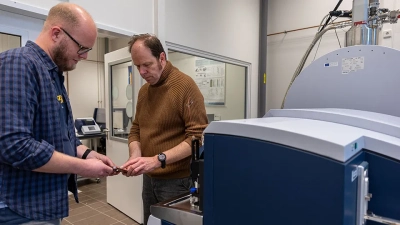
A new research project will use environmental DNA to investigate how to reshape cropping systems and develop resilient crops in the face of climate change. ...
+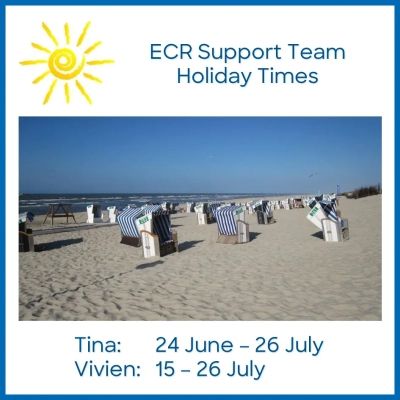
Tina: 24 June - 26 July 2024
Vivien: 15 - 26 July 2024
+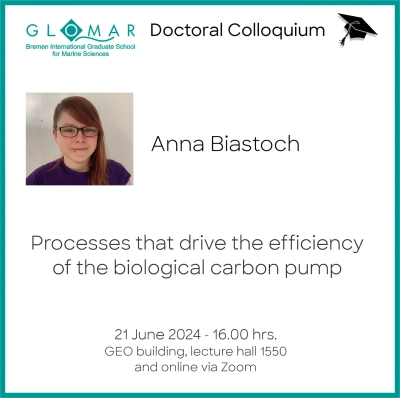
21 June 2024
16.00 hrs.
Geo building, lecture hall 1550
and online via Zoom
+
17 June 2024
14.00 hrs.
BIOM, room 0170 / 0180
and online via Zoom
+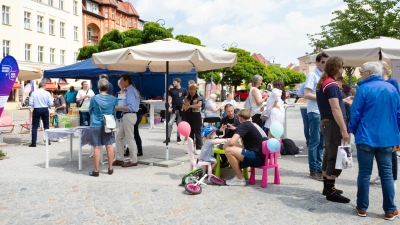
Together with citizens, researchers take a look at global challenges and crises. Problems and conflicts in the personal, local or regional environment are ...
+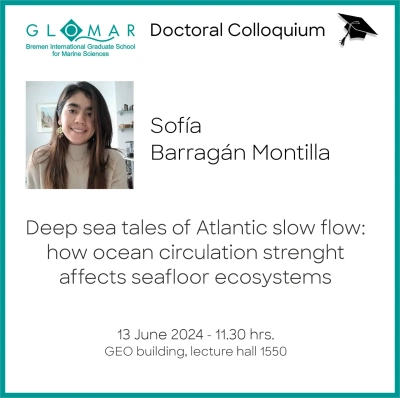
13 June 2024
11.30 hrs.
GEO building, lecture hall 1550
+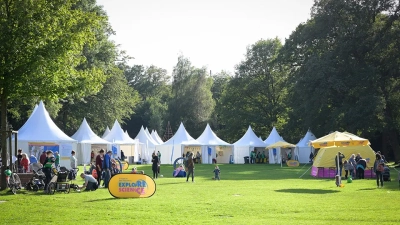
Registration for workshops and competitions now open “Climate and Environment” is the topic of this year’s Explore Science. The Klaus Tschira Foundation is ...
+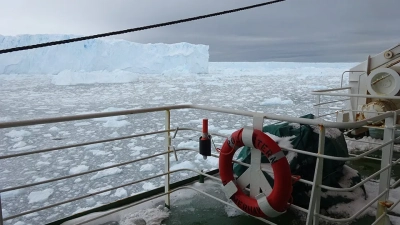
Antarctica was not always an isolated, ice-covered landmass. Until about 100 million years ago, it formed the central part of the supercontinent Gondwana, ...
+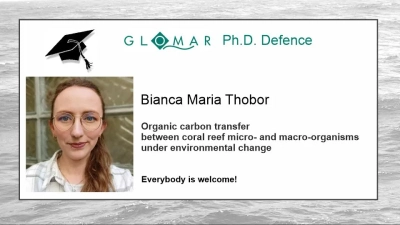
5 June 2024
15.00 hrs.
UFT building, room 1790 and online via Zoom
+
How and what do microorganisms in deep-sea soils live on? How do their metabolic cycles work, and how do the individual members of these buried communities ...
+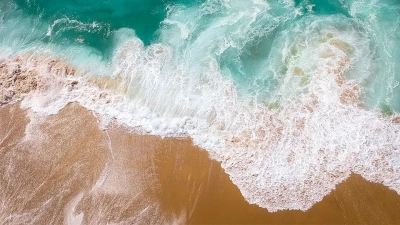
The Collaborative Research Center (CRC) "Energy Transfers in Atmosphere and Ocean" has existed at the University of Bremen since 2016. The German Research ...
+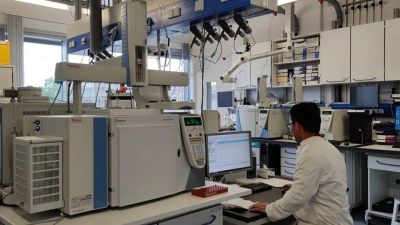
Many processes in the deep sea are not yet well understood, and the role of microbial communities in particular is often a big unknown. This includes, for ...
+